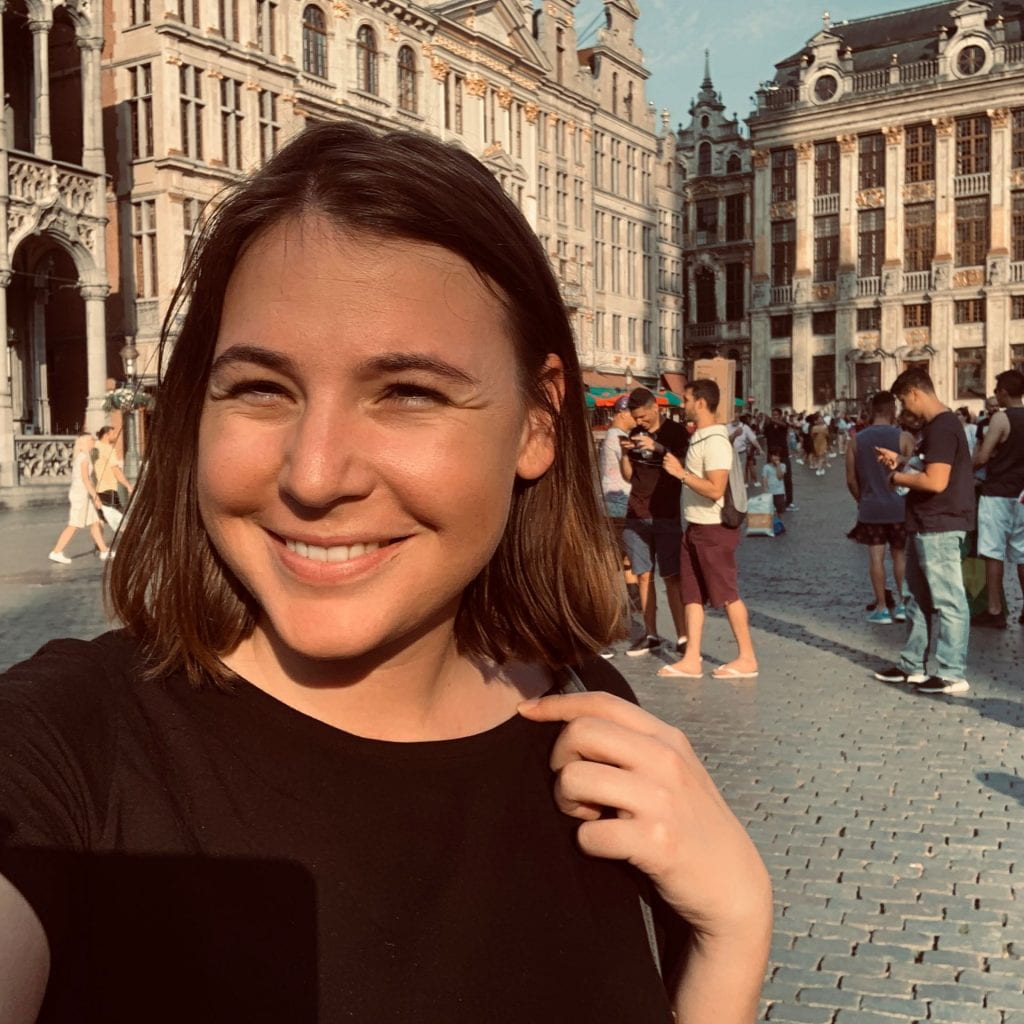For the first month or so of this course I positioned digital citizenship as a concept, that should be explicitly taught to student but isn’t clearly outlined in the Australian national curriculum. I believe if you were to combine elements of the digital technology subject, health and the ICT capabilities as outlined in ACARA you could create a full digital citizenship program. However as this course has gone on, I have realised digital citizenship is more than just a bunch of skills and competencies outlined in a curriculum document that children need to learn but it is rather a lens to see learning through.
A digital citizenship lens can be used to enhance any learning experience or content, as it acknowledges the relationship between a learner and technology and how that impacts on constructing knowledge. When you apply a digital citizenship lens to a curriculum, 21st century learning is born. And the most effective way of delivering 21st century learning experiences is through a digital learning environment, where students are provided with a safe and supportive environment to practice and model competencies and skill needed needed to thrive in today’s complex and interconnected global landscape (Bernhardt, 2015).
This subject has not deepened my understanding of what digital citizenship is but how digital learning environments need to fostered and grown in order to be effectively established. The environment scan and report has been one of the most rewarding assessment tasks I have completed during this Masters program, due to the fact it made me stop and critically look at the barriers and challenges my school will face as they try to build a 21st century learning program, a goal we should be working towards. I underestimated the roles of policies and procedures in implementing and driving change. I am however concerned, as much as I believe the answer is in implementing and enforcing policies and procedures that promote best practice, I know teachers, we don’t like to read and policy documents that will inform our teaching. We look at our students and their needs and go from there. So the big question for me is how do you build staff capacity and enthusiasm for embedding 21st century learning practices such as a digital learning environment? How can I support my colleagues, when they look at the needs of a students to think through a digital citizenship lens?
As much as I would love this to be my full-time job at in my school, it is not. Which means it must be someone else’s. This line of inquiry and professional direction needs to exist somewhere within my school and arguably in every school. A leader who is willing to advocate for technology and its role in learning on the leadership front, for practical reasons such as budgeting, timetable and resourcing but philosophical reasons such as embedding and promoting the value and importance of considering the digital citizenship lens in curriculum and pedagogical design.
One of the biggest take-aways from this course and experience, is that my school is not alone in this journey. Digital citizenship is a global movement, and from the course discussion threads, it is clear that no matter where you are in the world, schools are currently working towards the same goal. When I stumbled upon the New Zealand Ministry of Education e-Learning Framework, I was so thrilled to find an inclusive and practical resource that was designed using a global perspective, which is one of the reasons why I shared it with the cohort.
I would love to read everyone’s reports for this final assessment, as I believe that we can learn a lot from each other particularly in this digital citizenship landscape.
References:
Bernhardt, P. E. (2015). 21st century learning: Professional development in practice. The Qualitative Report, 20(1), 1-19.
Te Kete Ipurangi. (n.d.).e-Learning Planning Framework. Retrieved from http://elearning.tki.org.nz/Professional-learning/e-Learning-Planning-Framework

